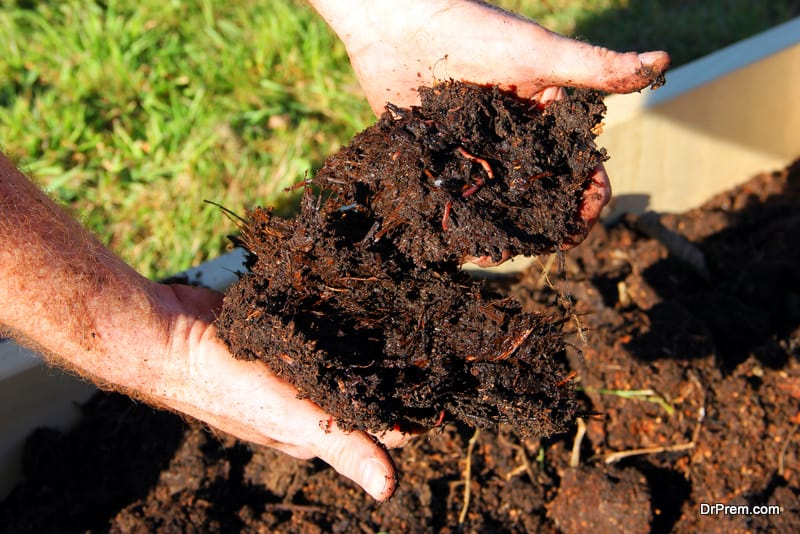Winter composting is of paramount importance for spring planting. Many people do not put in efforts to make winter compost on their own and they prefer going to stores and buy artificial or chemical compost. This is probably because many people do not actually know how easy and beneficial it is. It is a natural way wherein you recycle waste with the help of insects, worms, and microorganisms. An earth friendly practice people indulge in to save environment, and to reap some benefits themselves as well.
Composting has a number of benefits that are helpful not just from the environmental point of view but from the individual point of view as well. The major benefits of this process are that it turns the scrap and waste into something useful that nourishes soil, improves plant quality and make them resistant against diseases and pests, empty the waste yards, and cleanses air. Compost works as an excellent fertilizer for plants and is not harmful for the environment, as the synthetic fertilizers are.
This articles intends to enlighten you all about winter composting, the tips that will come handy to make your winter composting successful, as in what exactly one should do to get sufficient winter compost. Scroll through to find out such tips:
Be specific about the place
You cannot choose just about any space in your garden area for composting. The compost microbes thrive well in warm, sheltered spaces, not in open and cold ones. Therefore, somewhere near or against the exterior wall of your home would be one of the best options to place your winter compost.
You need to figure out an area where you get maximum of winter winds, once you do so, you have to place the winter compost on the opposite place than this one. One perfectly suitable position is the south-facing wall of your house, garage, shed or anywhere you have plans to put the winter compost. If you place it on the south facing wall, your winter compost would get enough of sunlight during sunny days, which is essential for the compost microbes to thrive.
Insulation is must
If there is snow, make sure you insulate the box of winter compost well, otherwise the ground would steal all warmth and the microbes would not be able to thrive well in cold conditions. You can put plastic sheet beneath box, or placing the box over a wooden pallet with several layers of straw is even better. Depending upon the weather condition, you can adjust the intensity of insulation.
Do it in bulk
One should do winter composting in bulk, as in the container should be big with greater capacity. The reason behind is that if the waste in the container is in bulk, it would take long to lose warmth in comparison to a small storage that will lose warmth to soon. Consider the external layer, as it protects the internal layer. You can use all the leaves laying in your garden or the other backyard waste.
It should be neither too dry nor too moist
The moisture factor depends and varies from area to area. The compost should not be too dry or too moist. In case you find it difficult to find out the exact balance between the dry and the moist equation, you can always go for a wetness meter that can make it much easier for you to maintain the required balance.
Balance of the greens and the browns is essential
You need to balance the presence of the greens and the browns. The greens include weeds, grass, kitchen scraps, while the browns include dead leaves, straw, wood chips, and paper products.
Summary
Winter composting is beneficial for the environment and for people. If one follows certain tips and guidelines, it becomes easier to make winter composting successful.


